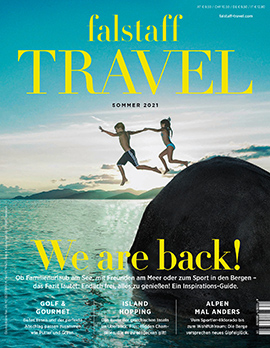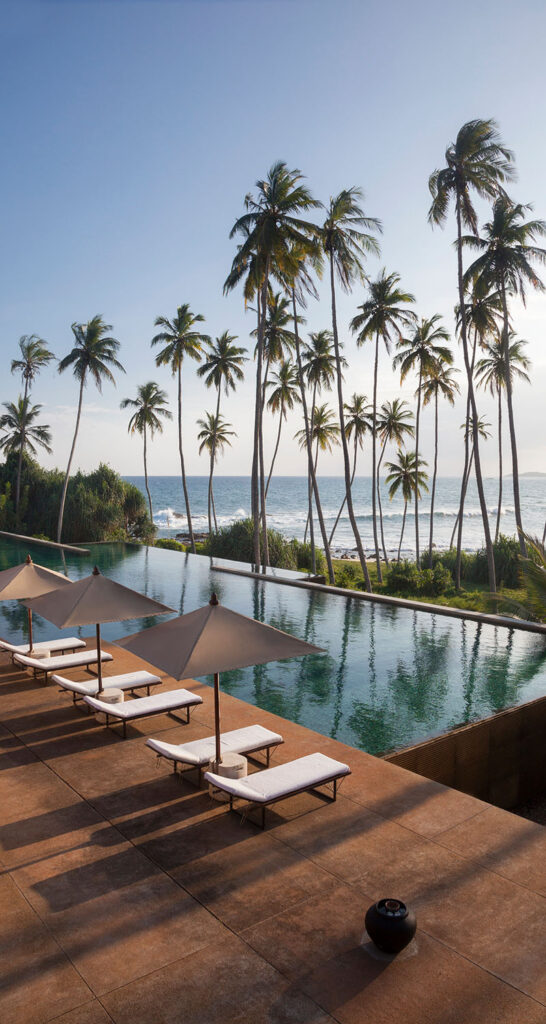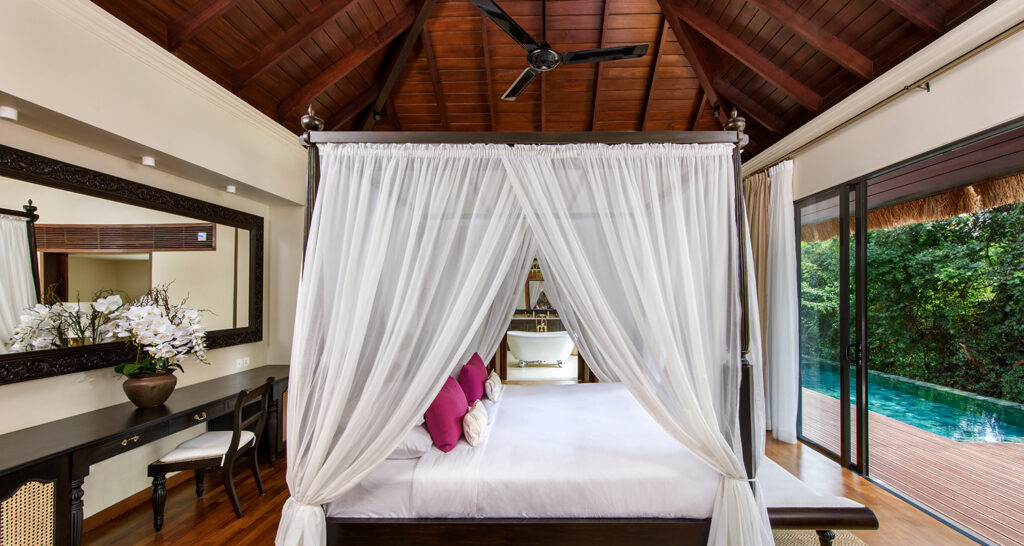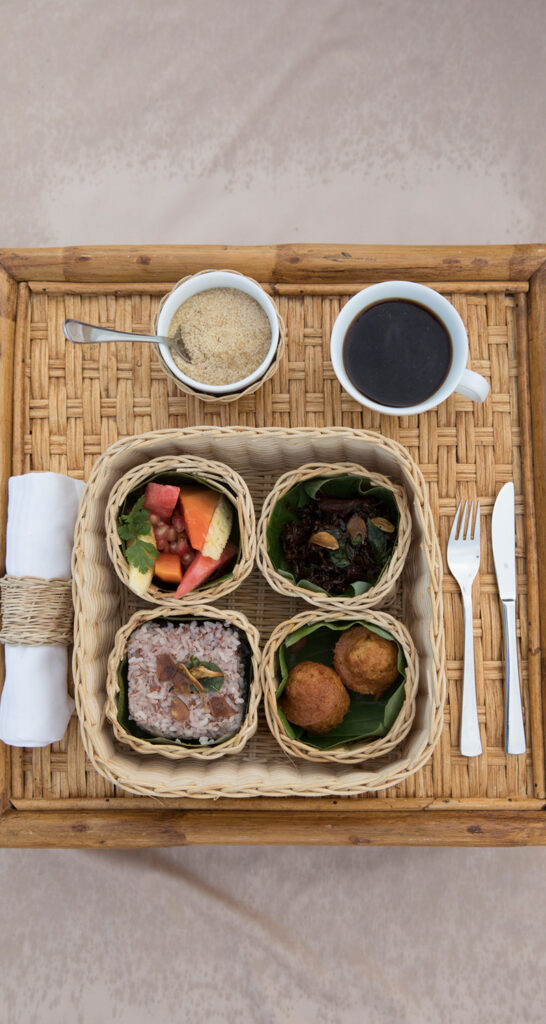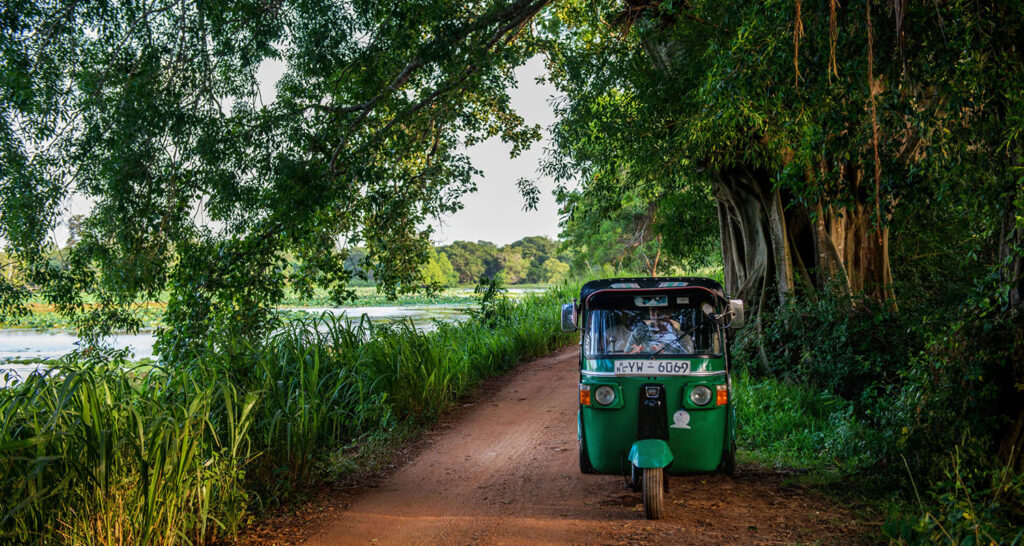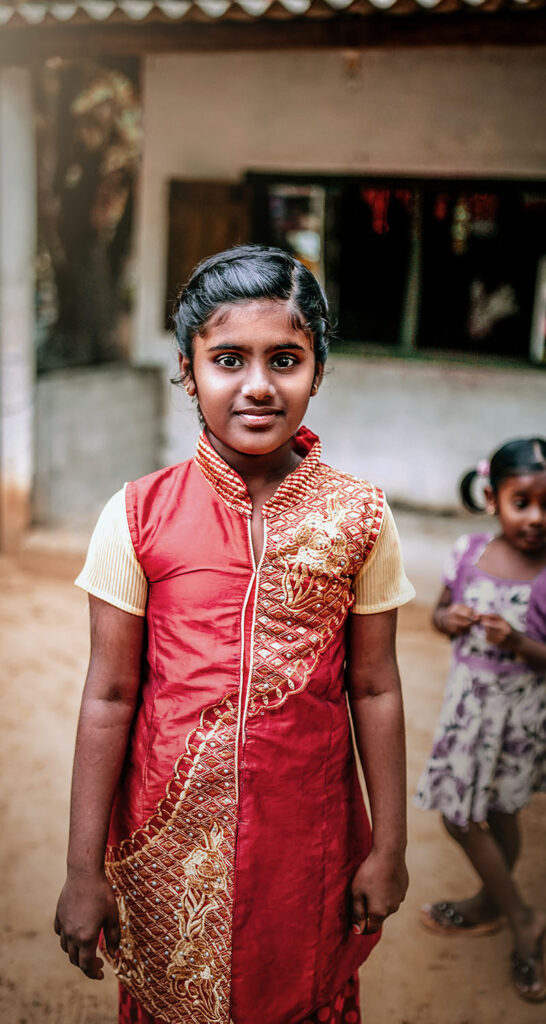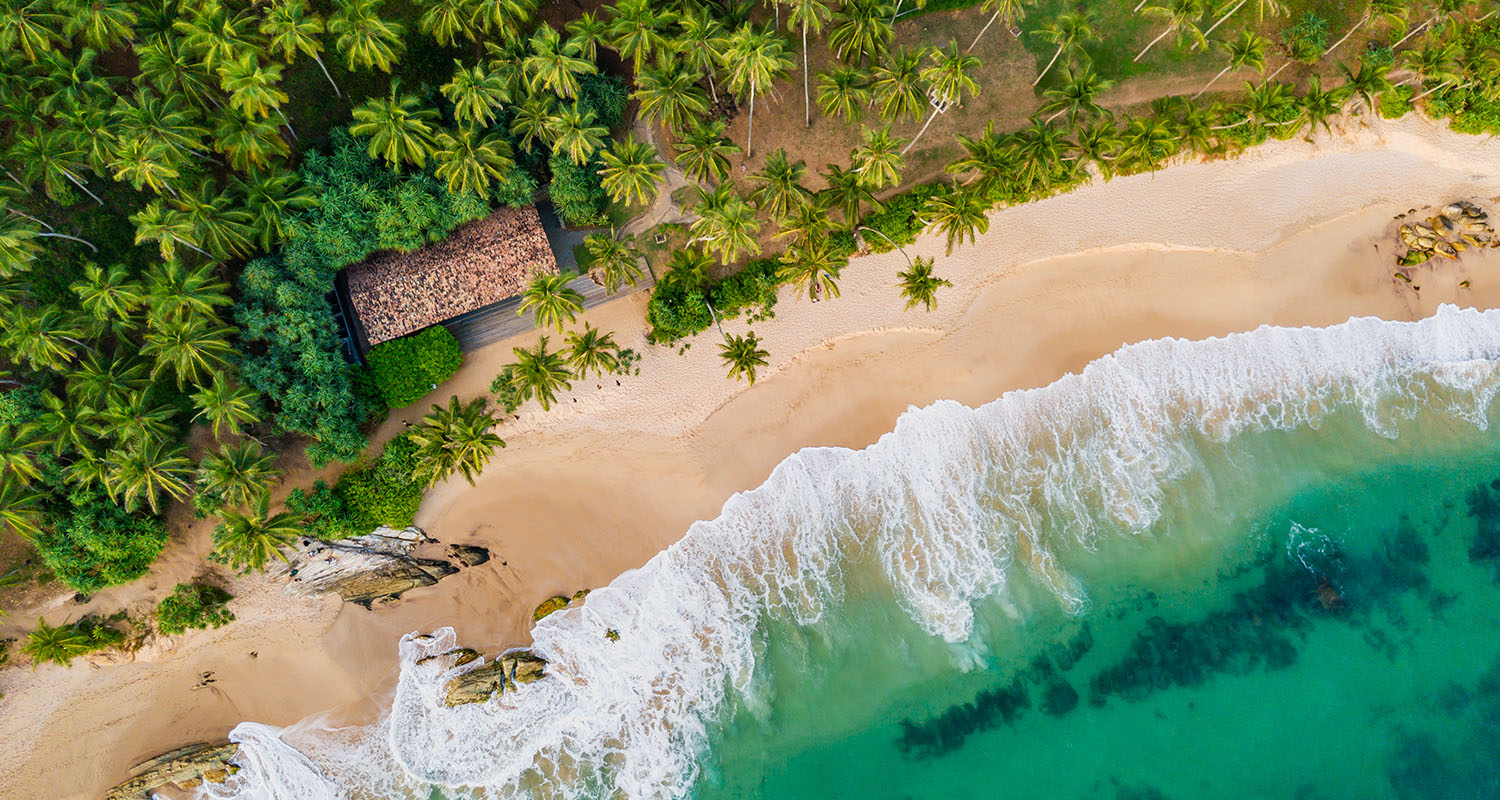
Best of Sri Lanka
A tropical jewel in the middle of the Indian Ocean: The island of Sri Lanka is a paradisiacal place that beckons with unspoiledness and authenticity. Many come for the endless palm-fringed beaches, others to enjoy culture and cuisine or to experience an Ayurvedic treatment. Few come to go bird watching - an oversight.
January 7, 2022
A country straight out of a book of legends for globetrotters: Sri Lanka boasts lush vegetation, tropical forests and rice paddies, romantic lagoons and deep green tea plantations. In between there are many historical witnesses: Buddhist and Hindu temples as well as ancient monuments tell of the cultural wealth and the unique history of the island. All of this becomes clear to the visitor soon after his arrival. If you wish, you will quickly be confronted with the colonial past of "Ceylon" (as Sri Lanka was called until 1972), which today can be quite picturesque - in the form of beautiful hotels that range from the capital Colombo to the former English health resort of Nuwara Eliya.
Sri Lanka, as every first-time visitor quickly realizes, has more to offer than palm-fringed beaches or Ayurveda. Above all, it is a beguiling natural paradise that is impossible to escape. That's why excursions to the famous Yala National Park at the southernmost tip of the island are now part of the standard program for round-trip travelers. Here, in the steppe-like savannah, one of the densest leopard populations in the world awaits. Many lodges around the national park offer game drives several times a day to marvel at the (mostly sleeping) cats - or to see water buffalo, bears, wild boar and elephants in the national park. Flying foxes hanging lazily in the trees are also among the increasingly popular attractions in the total of 14 national parks in this island nation of just over 20 million inhabitants. Sri Lankans have become painfully aware of their environment: Since the tsunami of 2004, which left drastic traces, they have been paying very careful attention to nature.
Sustainable concepts, slow tourism and the (inter-)active preservation of natural resources are in vogue and are being promoted. Accordingly, bird watching is offered more and more often. The demand is still manageable, but that should change soon. Anyone who has once traded in a game drive in Yala Park in favor of neighboring birdwatching in Bundala National Park can hardly escape the fascination. Punctually at five o'clock in the morning one drives here with a jeep by the inconspicuous gate of the park, in order to be in time for the sunrise at one of the numerous water places. Storks, cormorants and ibises await you there, sometimes stomping boisterously through the water, resting on branches, elephants or swamp crocodiles, or whistling across the water like a steam engine - just like the pelicans. This spectacle per se would be worth a trip if one could not already spot the first ospreys on the way there, not far from the entrance, one of the many eagle species that call Sri Lanka home, or watch the vain peacocks drying their long tail feathers. These majestic animals love treetops and are only too happy to show off their splendor to passersby. At the latest at the sight of them one is enchanted forever.
Travel with added value
A total of 439 bird species are listed in Sri Lanka, of which 33 species (and a further 68 subspecies) are endemic, i.e. only found here - and accordingly make the hearts of enthusiastic birdwatchers beat faster. But it is not only experienced connoisseurs who enjoy it, but also laymen who indulge in this hobby, which is widespread in the Anglo-American world, for the first time. It is a different, decelerated way to get to know a country, if one sets out by bicycle or canoe, equipped with binoculars as well as a species book and accompanied by a ranger. This way of observing animals is also particularly sustainable, as it leaves a lot of room for the protection of the unique natural environment and the cultivation of biodiversity. And that is probably the greatest treasure of this island: its biodiversity. Not only are the locals a motley kaleidoscope of ethnicities, but Sri Lanka's fauna and flora is a biodiversity hotspot - unique for Asia. However, you don't have to explore everything in one trip, but you can advance slowly. From sanctuary to sanctuary, from national park to national park. True to the motto: small bird, big luck.
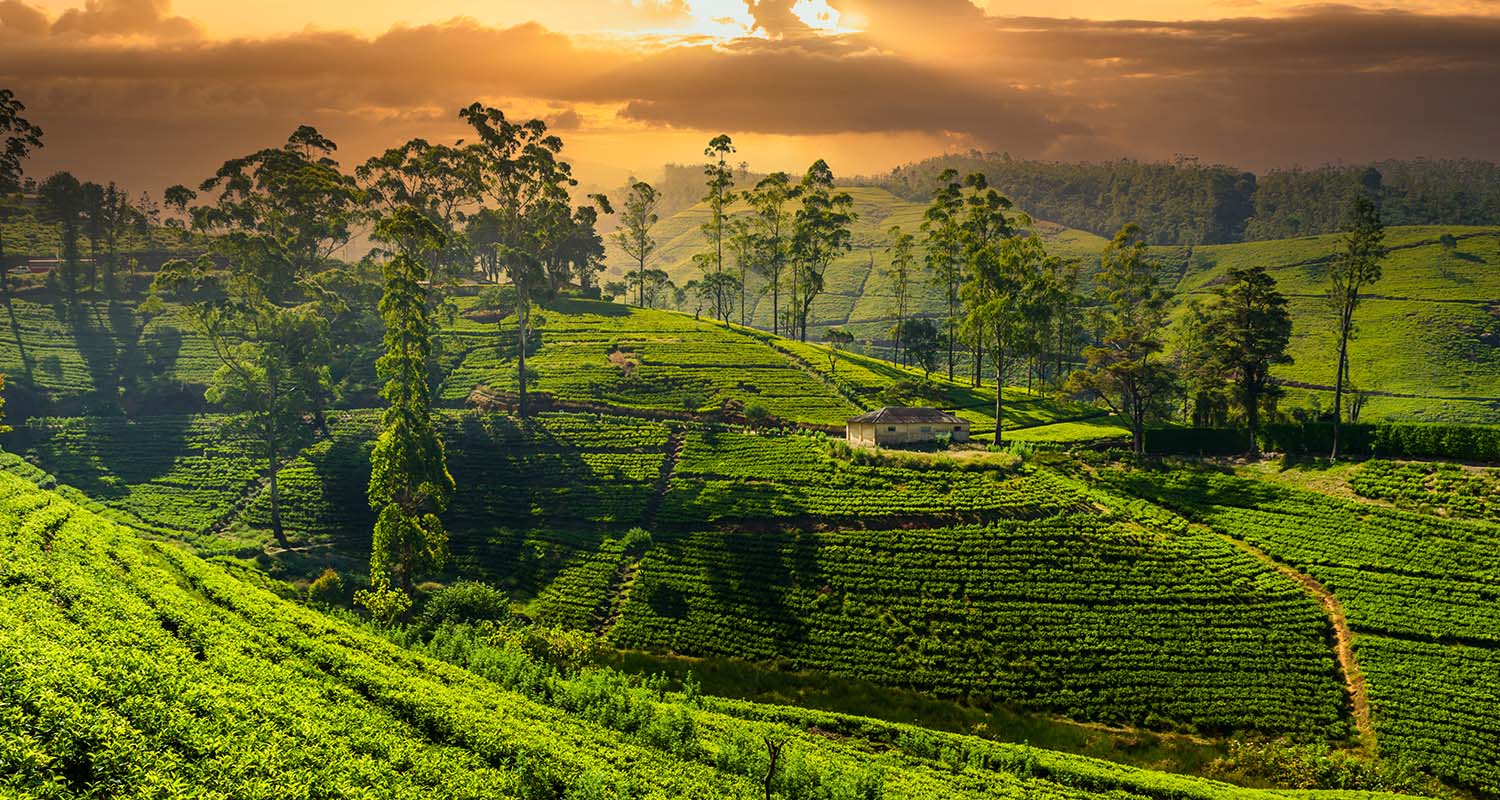
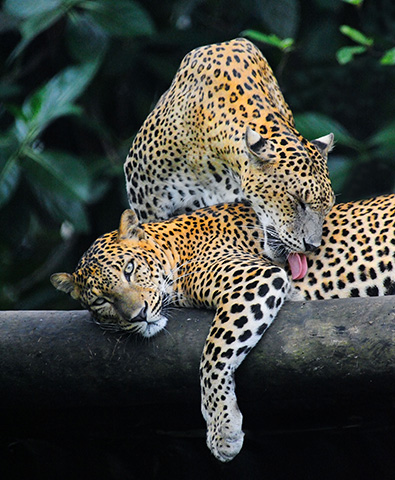
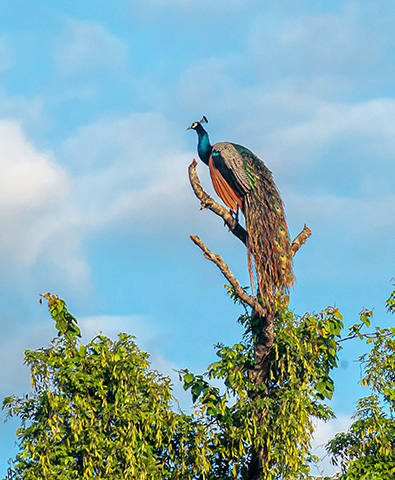
Best of Hotels
Amanwella
The most magnificent bay of the island is here exclusively at the feet of hotel guests
This is exactly how the inclined traveler imagines Sri Lanka: a golden sandy beach nestled against crystal clear water and lined with tall, storm-tossed coconut palms. Unfortunately, this ideal image is hardly found on the island anymore - except here in the south near Tangalle, where tourism is still gentle and very exclusive. The resort "Amanwella" is located at the edge of the probably most beautiful bay of Sri Lanka and knows how to score with even more superlatives: Every suite has its own plunge pool, every terrace faces the sea. Guests who stay longer than four nights can enjoy a foot massage directly on the beach with a glass of champagne. Of course, the treatments are Ayurvedically inspired, combining the best of the Western and Eastern worlds. But that's just one of the many amenities you'll be pampered with here. In fact, at every turn you experience incredible attentions and attentions that are unique in their kind! Suite from € 650,- per night.
Amanwella*****, aman.com/resorts/amanwella
Boddhi Mawatha, Wella Wathuara, Godellawela, Tangalle, Sri Lanka
T: +94 47 224 1333
©Tein
Uga Escapes
Sri Lankan hotel chain is the first address on the island in terms of luxury and authenticity
This address is ideal for round-trip travelers who value that certain something - and want to have a clear conscience. The five boutique resorts of Uga Escapes are spread all over the island and have a special focus depending on the location: art and culture, gourmet or nature. Owner Priyanjith Weerasooriya is an idealist with vision and a convinced birdwatcher himself. Thus, his resorts are not only designated eco-lodges with water treatment plants and much more, but also offer guests special nature experiences. At "Ulagalla," this includes an accomplished biologist who introduces guests to the species-rich world of birds. The resort, which lies in the midst of endless rice fields and in the cultural center of the island, is predestined for it. In the south of the island, nestled between tropical rainforest and the Indian Ocean, are in turn the "Chena Huts", Sri Lanka's first luxury safari lodges. The spectacular design harmonizes perfectly with the nature that likes to visit here: On one side, the hideaway borders the Yala National Park and is surrounded by salt flats where ibises, storks and flamingos wade through the shallow water. Elephants can often be seen bathing in the evening just outside the lodge. Prices on request.
Ulagalla*****, ugaescapes.com
Ulagalla Walawwa, Thirippane Ulagalla
Road Anuradhapura 50072 LK,
Tirappane, Sri Lanka
T: +94 252 050 280
Chena Huts*****, ugaescapes.com
Tala-Palatupana, Wildlife Tourism
Zone, Yala, Tissamarama 82000,
Sri Lanka
T: +94 472 267 100
©Ugallala
Gastronomy
Culinary journey
Sinhalese cuisine is known for rice and curries, which are often too spicy for many Europeans or seem unusual in the traditional composition. Upscale establishments therefore like to offer their guests cooking classes, in which the senses are sharpened and horizons are broadened. Especially authentic are clay ovens under the open sky - absolutely recommendable!
Country-specific peculiarities
If you ever dine in an authentic restaurant away from your accommodation, you will be surprised: even in good restaurants, locals prefer to eat by hand. The typical way of eating here takes some getting used to for Europeans and should not necessarily be imitated - the probability of doing something wrong is too high! If you still want to try it, you should start with the typical "hoppers", a kind of pancake that is served for breakfast.
Ayurveda ...
... is not a form of cuisine, but a healing science more than 5000 years old, with the goal of detoxifying the body.
©Amanwella
Locomotion
Anyone planning a round trip would do well to book the individual destinations in advance - preferably with an agency that specializes in the island. Because even if the distances seem manageable at first glance, a short distance can stretch over nerve-racking hours. Once the individual stops are booked, the accommodations can provide tips on departure times.
Safest track
Agencies like Red Dot Tours offer cars including a chauffeur for the entire time of the stay. The drivers are known for their good English and their careful way of driving - two absolute plus points!
Quick solution
Adventure-seekers can also use "tuk-tuks" (see picture on the right) for short distances. Many hotels have them as standard in their fleet.
©Ulagalla
Good to Know
Etiquette
While in recent years a distinct Ayurveda tourism has developed, which takes place in closed communities, individual tourists are still unusual in some places. Therefore, one should observe certain customs in order not to disturb the obliging population. For example, it is important not to photograph children without being asked and - an absolute no-go! - pat them on the head. Even if it is meant friendly, it can lead to turmoil. Sri Lankans attach a lot of importance to good manners and the appropriate "chaste" clothing - sleeveless or too skimpy clothing is considered inappropriate away from the beach. Tip: Smoking is prohibited in public places. A law was passed back in 2012 banning smoke from the streets.
©Agnieszka-Kowalczyk
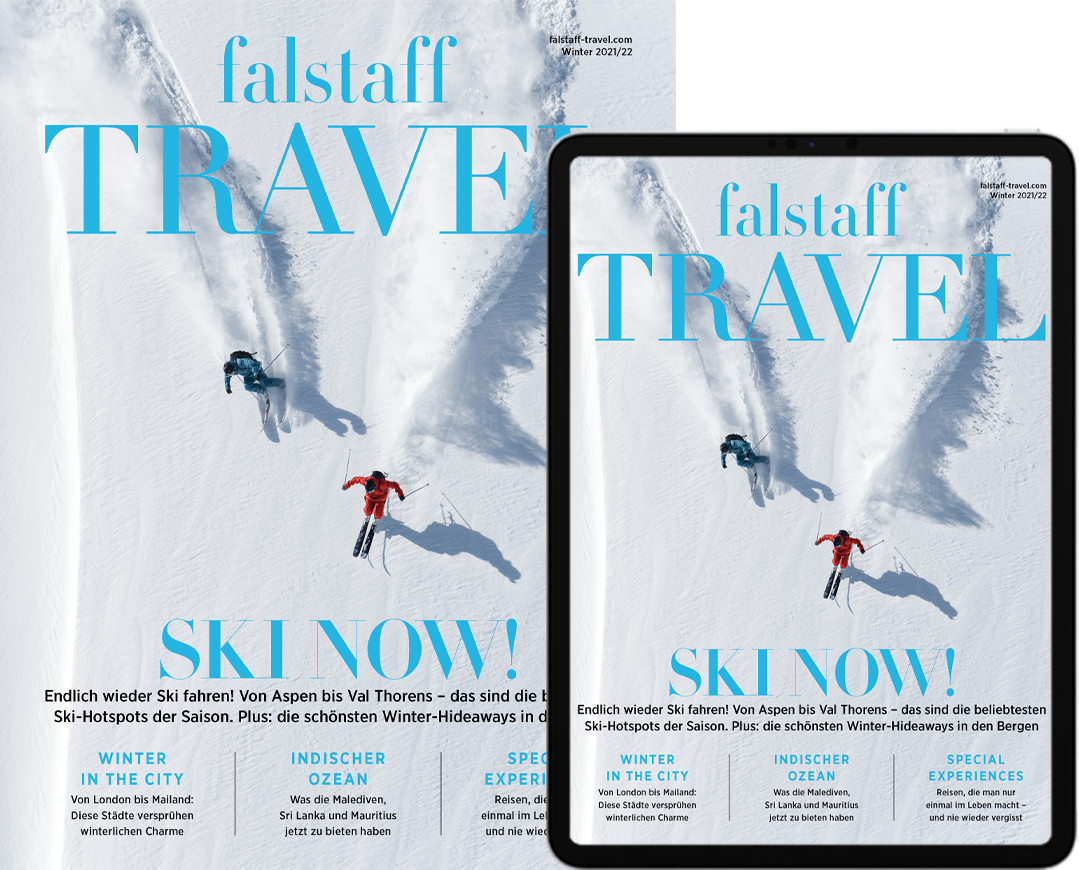
This article appeared in the Falstaff TRAVEL issue Winter 2021/22.
